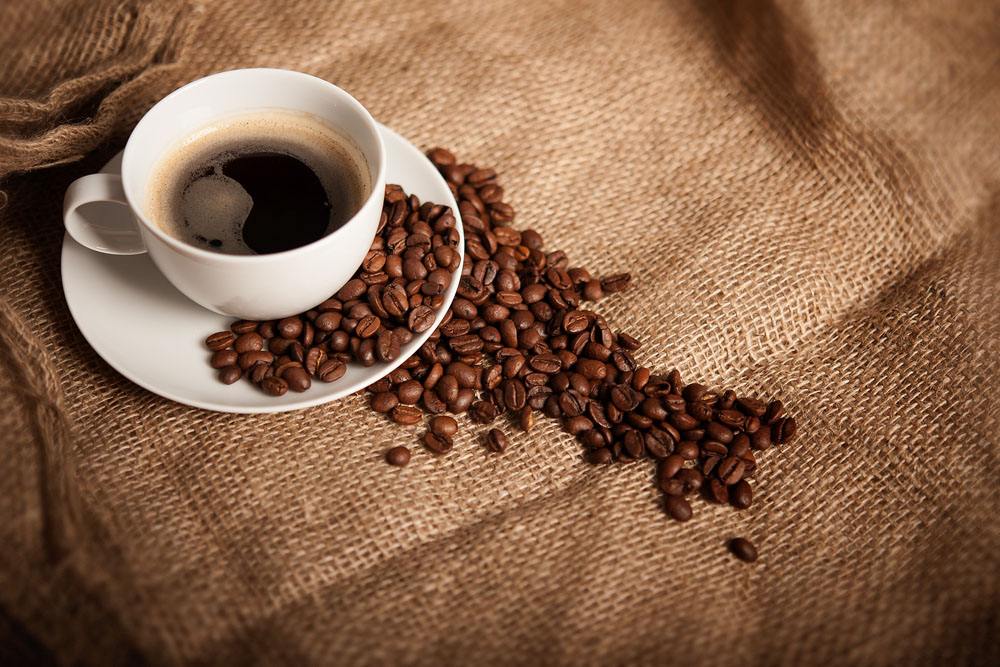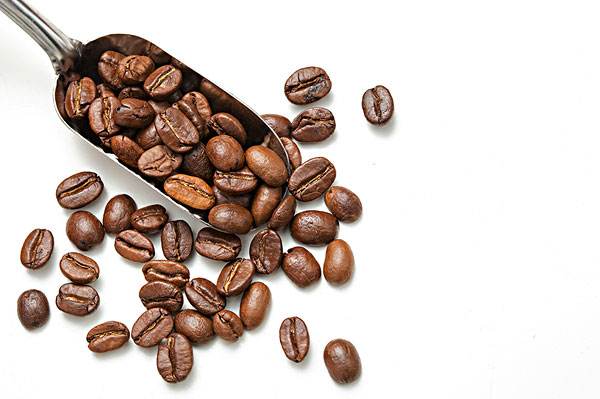Introduction of Hawaiian coffee flavor, Hawaiian coffee growing area
Follow the caf é (Wechat official account vdailycom) and found that Beautiful Cafe opened a small shop of its own.
Hawaiian coffee
Taste
Taste characteristics: strong acid, mellow, all have tropical flavor. Fragrant, similar to Blue Mountain Coffee, but with a little bitterness in the mouth, giving people a feeling of vicissitudes and maturity, suitable for drinking alone at dusk.
Flavor
Flavor: smooth, fragrant, with attractive nutty aromas.
Fried culture
The best frying degree: medium ~ depth
Product
Due to the limitations of the production process, the raw beans of Hawaiian Kona Coffee are usually individual beans, usually 100 packages of single coffee beans.

The earliest coffee cultivation in Hawaii had adopted the model of large-scale coffee plantations, and at that time, coffee had not yet become a widely grown crop in the world, and the production and sale of Kona coffee had experienced several ups and downs. After the outbreak of World War I, the demand for coffee increased sharply, and the government bought a lot of coffee for soldiers in order to maintain their combat ability. the rise in demand led to a rise in prices, and Kona coffee was no exception.
The period from the outbreak of World War I to 1928 was the golden age of Kona Coffee. But the Great Depression that followed dealt a heavy blow to Kona Coffee. In 1940, the second World War caused the price of coffee to rise again. In order to avoid excessive price increases, the US government set a price cap for coffee. Even so, coffee farmers in Hawaii got a lot of benefits. During this period, their means of transportation for transporting coffee fruits were all replaced by donkeys and jeeps.
In the 1970s and 1980s, the price of Kona Coffee experienced several ups and downs, but it was from this period that Kona Coffee established itself as the top coffee in the world. Even though Kona Coffee has been famous all over the world, its production remains relatively low.
Kona coffee has been grown in Kona since the early 19th century, and it has never been interrupted, and only the coffee produced here can be called "Hawaiian Kona". The raw beans of Hawaiian Kona Coffee are usually 100 packages of individual coffee beans. Kona coffee beans are also often used to make mixed coffee along with coffee beans from other parts of the world, and mixed beans of Kona coffee beans and other beans are marked with "Kona mixed beans (KonaBlend)" on the package. Unfortunately, the content of Kona beans in this mixed bean may be very low, and the minimum content of Kona beans in Hawaii that can use the "Kona" label is only 10%. Therefore, if you are not in Kona in Hawaii, it is difficult to have 100% pure Kona coffee beans.
Coffee in Hawaii is relatively expensive, mainly because labor costs are higher than in other places. But when you see those high-quality beans at the Rusty Farm, you will naturally feel that the money is well spent. Lori asked pickers to pick only all-red coffee fruits, similar to the way they pick the best strawberries at a farmer's market. She doesn't want fruits with green, semi-ripe or brown skins.
According to Lori's picking standards, a worker can pick 5.5 kilograms of ripe fruit per hour and produce 0.9 kilograms of ripe beans.
In addition, each batch of beans has to be processed for several hours.
"it's not that Hawaiian coffee is overpriced," Miguel said. "it's that coffee beans elsewhere are undervalued."
Each year, the 6000 coffee trees at Rusty Farm (sparse than originally planted) each produce only about 0.45kg of raw coffee beans. Most farms grow four varieties: Guatemalan Iron pickup, Yellow Kadura, Red Kadura and Red bourbon. The harvest season of caffeine, known as "cloud rest", usually lasts from November to May, and the rest of the time, Rory buys fresh coffee cherries from other coffee farmers, depending on the altitude.
Lori handled all the coffee fruits in his own way, according to high standards.
After the coffee fruit was picked, it was sent to Lori's house in Pahara for processing, about 10 minutes from the top of the farm. Processing is usually done on the day of picking, which means that Lori and Miguel, Pitt and others have to work late for eight to 10 months a year.
Lori changes the way it is handled according to variety, weather and customer needs, and the first step in all ways is to "float" the coffee fruit, that is, soaking it in water, which is a common practice in the industry.
All floating fruits are removed because of their low density, poor growth, and lack of flavor and sweetness. Then, unlike many industry competitors, Lori and other employees are careful to pick out fruits that are too ripe or unripe, as well as those that look uneven, red or yellow.
After screening, Lori began to deal with it.
Important Notice :
前街咖啡 FrontStreet Coffee has moved to new addredd:
FrontStreet Coffee Address: 315,Donghua East Road,GuangZhou
Tel:020 38364473
- Prev

Introduction to Hawaiian Coffee, Hawaiian Kona Coffee
Follow Kaiping (official Wechat account vdailycom) found that coffee in Hawaii is relatively expensive to open a small shop in Fairview Cafe, mainly because of the higher labor costs compared with other places. But when you see those high-quality beans at the Rusty Farm, you will naturally feel that the money is well spent. Lori asked the pickers to pick only all-red coffee fruits, similar to
- Next

Flavor description of Hawaiian coffee bean varieties
Following Cafe (Wechat official account vdailycom) found that Hawaii is the only state in the United States that grows coffee, which is grown in the five main islands of Hawaii: Oahu, Hawaii, Maui, Kauai and Moroca. The coffee produced in different islands also has its own characteristics, and the coffee in Kauai is soft.
Related
- Detailed explanation of Jadeite planting Land in Panamanian Jadeite Manor introduction to the grading system of Jadeite competitive bidding, Red bid, Green bid and Rose Summer
- Story of Coffee planting in Brenka region of Costa Rica Stonehenge Manor anaerobic heavy honey treatment of flavor mouth
- What's on the barrel of Blue Mountain Coffee beans?
- Can American coffee also pull flowers? How to use hot American style to pull out a good-looking pattern?
- Can you make a cold extract with coffee beans? What is the right proportion for cold-extracted coffee formula?
- Indonesian PWN Gold Mandrine Coffee Origin Features Flavor How to Chong? Mandolin coffee is American.
- A brief introduction to the flavor characteristics of Brazilian yellow bourbon coffee beans
- What is the effect of different water quality on the flavor of cold-extracted coffee? What kind of water is best for brewing coffee?
- Why do you think of Rose Summer whenever you mention Panamanian coffee?
- Introduction to the characteristics of authentic blue mountain coffee bean producing areas? What is the CIB Coffee Authority in Jamaica?

